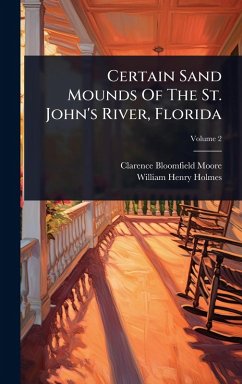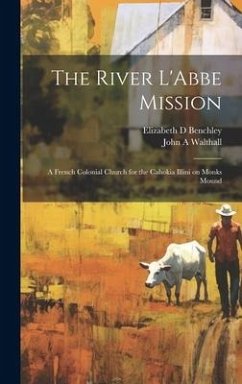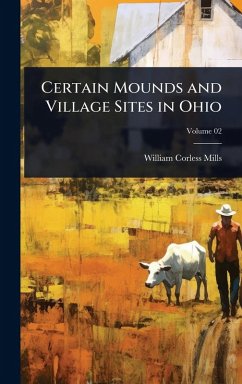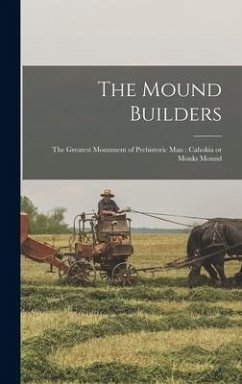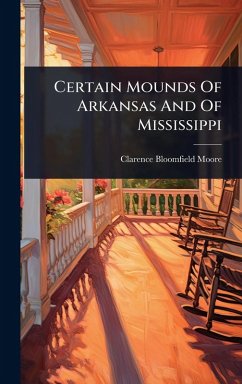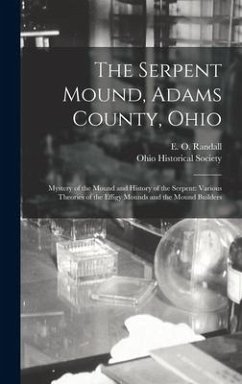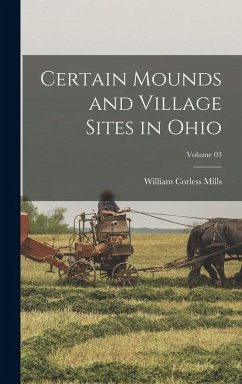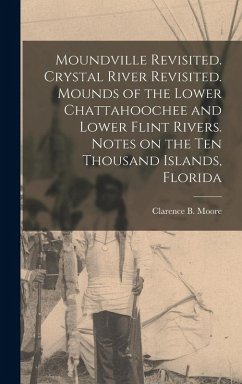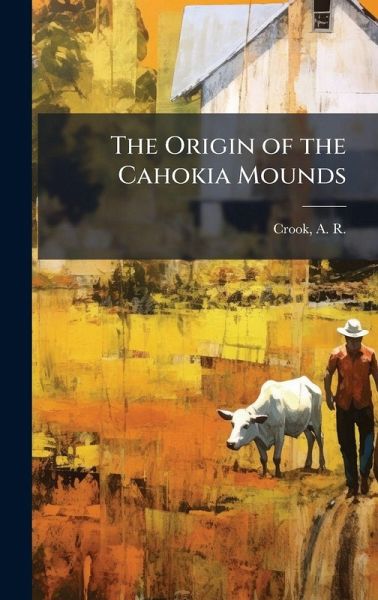
The Origin of the Cahokia Mounds
Versandkostenfrei!
Versandfertig in über 4 Wochen
25,99 €
inkl. MwSt.

PAYBACK Punkte
13 °P sammeln!
"The Origin of the Cahokia Mounds" delves into the history and significance of one of North America's most important archaeological sites. This study, originally published in 1922, explores the possible origins and purposes of the Cahokia Mounds, located near present-day Collinsville, Illinois. Attributed to the Mississippian culture, these mounds represent a remarkable feat of engineering and a testament to the complex social organization of the people who built them. A. R. Crook examines the various theories surrounding the mounds' creation, drawing upon available archaeological evidence and...
"The Origin of the Cahokia Mounds" delves into the history and significance of one of North America's most important archaeological sites. This study, originally published in 1922, explores the possible origins and purposes of the Cahokia Mounds, located near present-day Collinsville, Illinois. Attributed to the Mississippian culture, these mounds represent a remarkable feat of engineering and a testament to the complex social organization of the people who built them. A. R. Crook examines the various theories surrounding the mounds' creation, drawing upon available archaeological evidence and historical accounts. The text offers insights into the lives of the people who inhabited the Cahokia region and their relationship to the mounds. This work remains a valuable resource for archaeologists, historians, and anyone interested in understanding the rich history of the United States and the legacy of its Indigenous peoples. This work has been selected by scholars as being culturally important, and is part of the knowledge base of civilization as we know it. This work was reproduced from the original artifact, and remains as true to the original work as possible. Therefore, you will see the original copyright references, library stamps (as most of these works have been housed in our most important libraries around the world), and other notations in the work. This work is in the public domain in the United States of America, and possibly other nations. Within the United States, you may freely copy and distribute this work, as no entity (individual or corporate) has a copyright on the body of the work. As a reproduction of a historical artifact, this work may contain missing or blurred pages, poor pictures, errant marks, etc. Scholars believe, and we concur, that this work is important enough to be preserved, reproduced, and made generally available to the public. We appreciate your support of the preservation process, and thank you for being an important part of keeping this knowledge alive and relevant.




